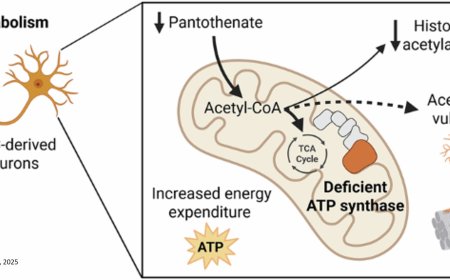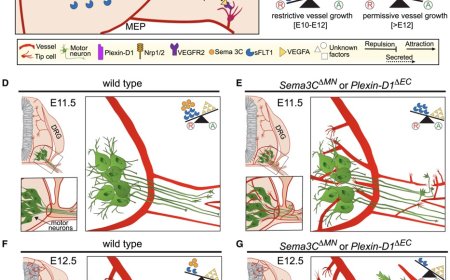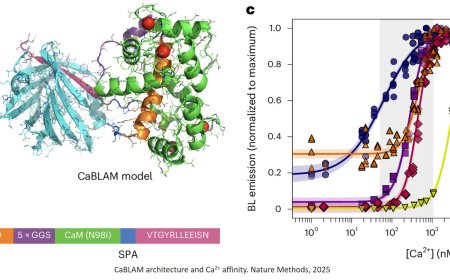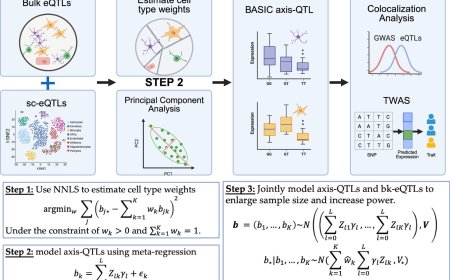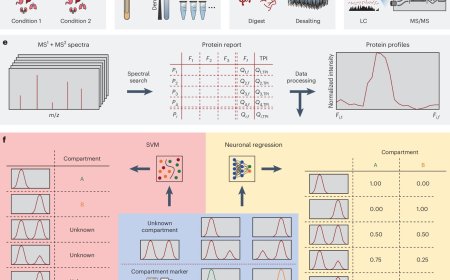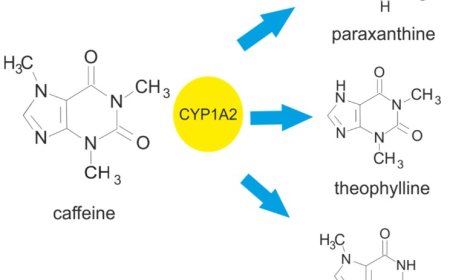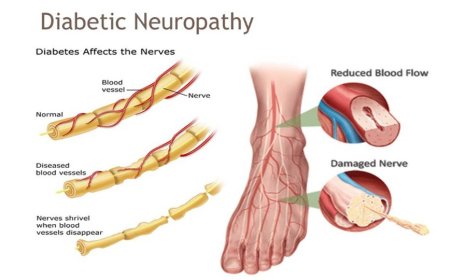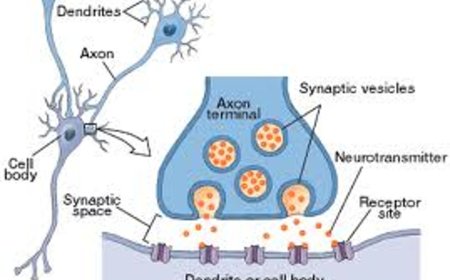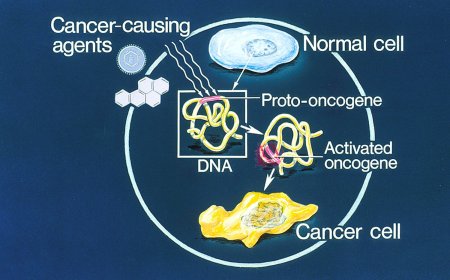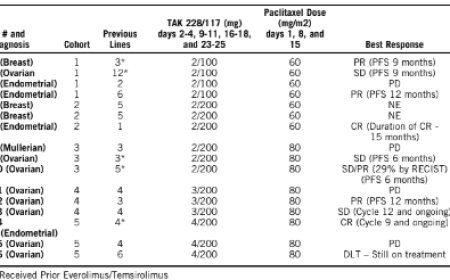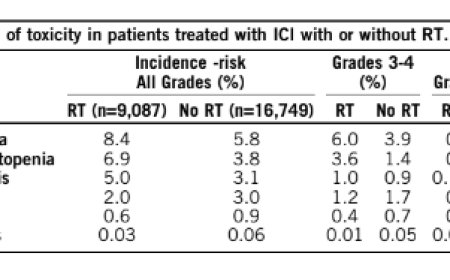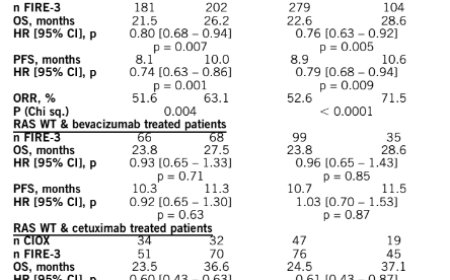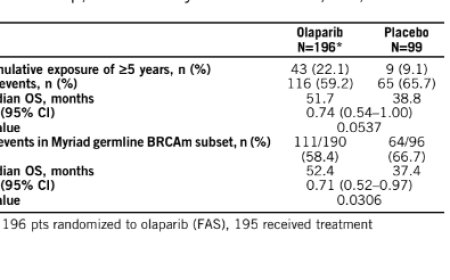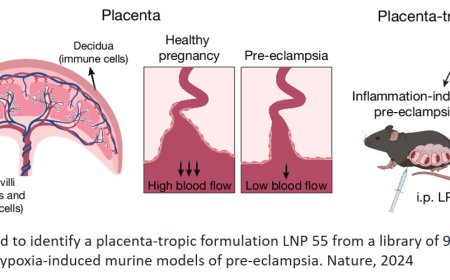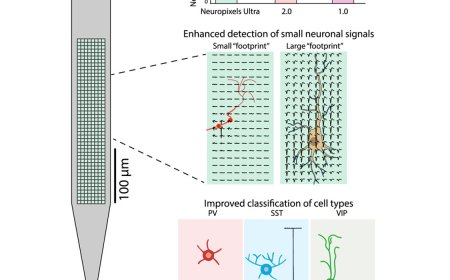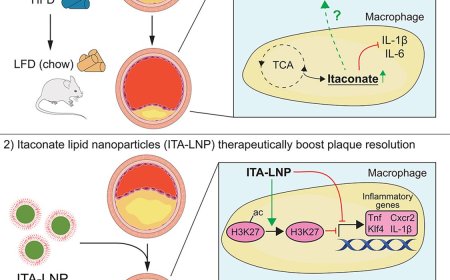A novel vesicle-based method to capture the native structure of membrane proteins
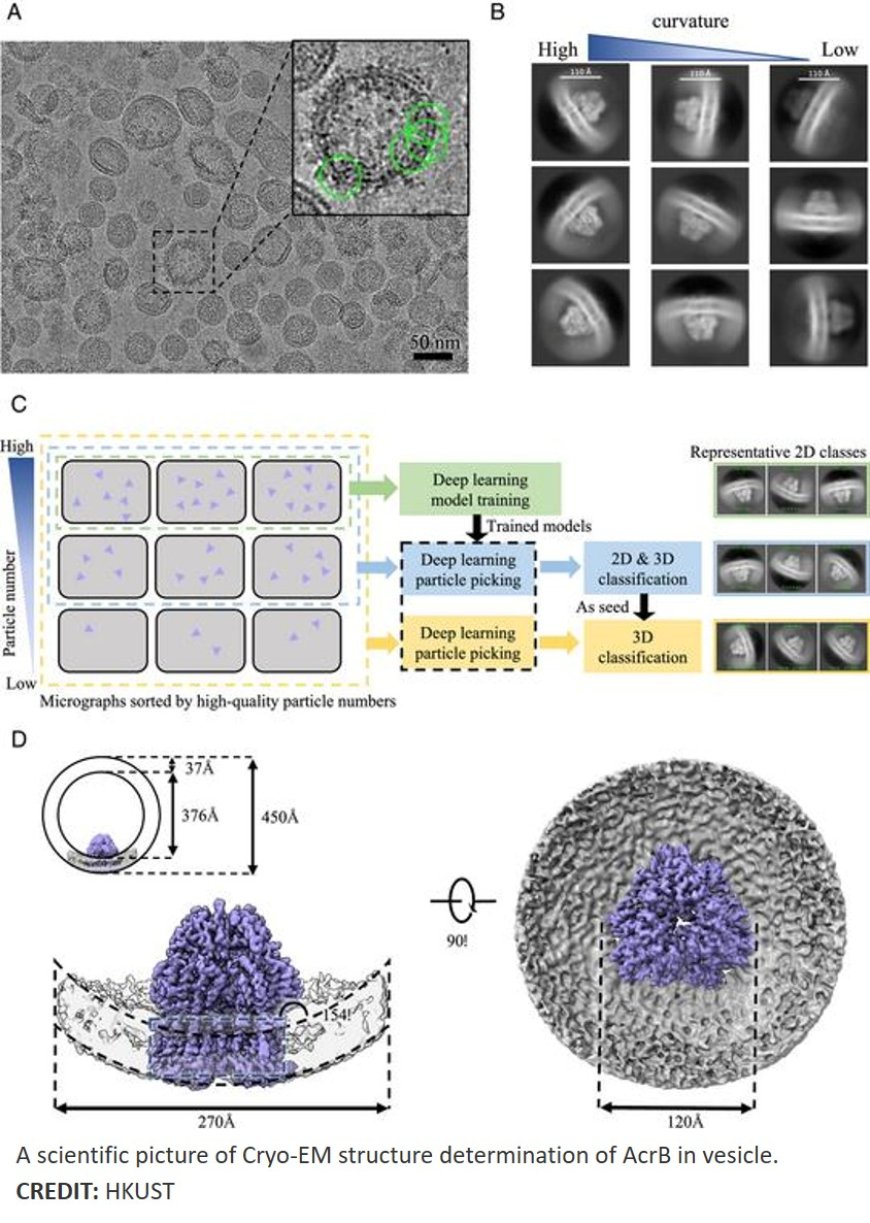
Membrane proteins are crucial for numerous biological processes and serve as important drug targets. For decades, scientists have relied on detergents to extract membrane proteins from cell membranes for structural studies. While detergent-based approaches have significantly advanced our understanding of membrane protein structures, they present certain limitations, such as resource-intensive detergent screening and the absence of native membrane lipids, which can hinder investigations into lipid-mediated regulation.
To address these challenges, a research team has developed a novel vesicle-based method that preserves the native lipid environment of membrane proteins, which can advance structural and functional studies.
After four years of systematic investigation, the team bypassed the need for purification with detergents by directly generating vesicles containing the target protein from cell membranes. This approach produced samples suitable for cryo-EM imaging and structural studies.
The team established a comprehensive workflow for the preparation, purification, and quality control of vesicle samples, making this method applicable to various membrane systems. To address the strong background signal and interference caused by the native membrane structure, they developed a micrograph-based sorting approach integrated with an artificial intelligence model to specifically isolate high-quality membrane protein particles.
They successfully applied this method to multiple membrane protein systems, resolving the structure of the overexpressed AcrB protein in E. coli cell membranes at 3.9 Å resolution and the structure of the native respiratory chain complex III in porcine heart mitochondrial inner membranes at 3.0 Å resolution.
The first author of the study, reflected: "Leveraging Prof. Dang’s multidisciplinary approach, our team has successfully developed a comprehensive system for in-situ structural studies of membrane proteins, encompassing both sample preparation and data processing, which overcomes challenges that were previously insurmountable. "
Compared to traditional detergent-based methods, this novel approach offers key advantages, including lower cost, simpler operation, and greater ease of use. Crucially, it preserves the native membrane environment and key lipid molecules, maintaining the protein's natural conformation to the greatest extent possible.
The method also demonstrates versatility, making it applicable to different membrane proteins across various species and cellular membrane structures. It promises to significantly reduce the workload for researchers, simplify the determination of membrane protein structures, and broaden the scope of cryo-EM structural biology.
"This vesicle-based platform preserves physiological lipid environments while eliminating the burdens of detergent screening," explained the senior author. "It provides an opportunity to study membrane proteins in their native environments. With further optimization, we aim to achieve structural proteomics of membrane proteins in specific biological membrane systems, such as mitochondria, under various physiological and pathological conditions, offering valuable insights into diseases."
